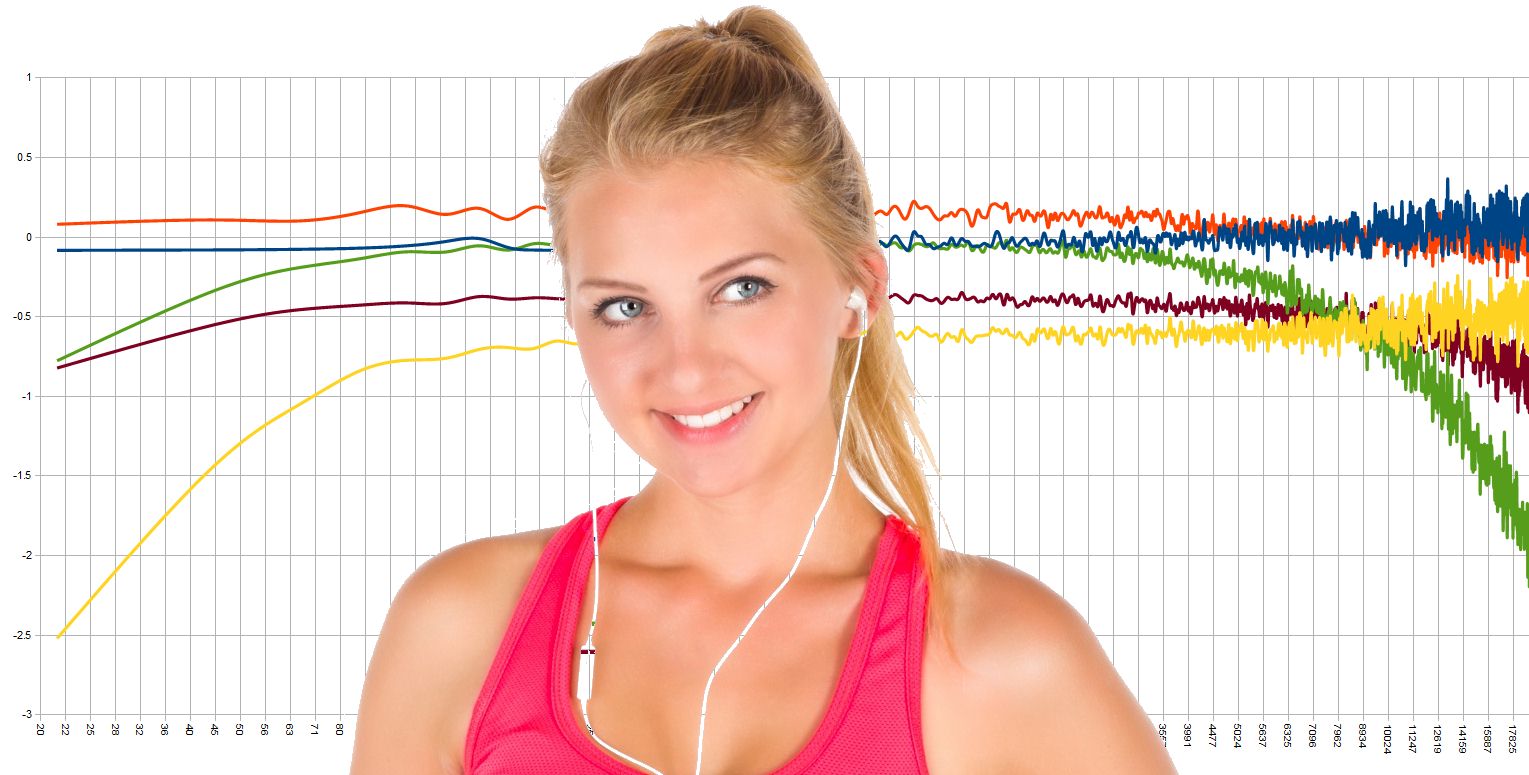Are you a bass kind of person? And I don't mean the instrument bass. I am talking about the frequencies that make up the bass of your music. But not all the frequencies in the spectrum will give you that classic thump and rich bass that you love so much.
A question has to be asked now, what is a good bass boost frequency? Well, to begin with, the bass frequency isn't that wide anyways. But to get the best experience of bass, you should know which frequencies you should work with, especially if you are into audio engineering.
So, let's get a bit in-depth into it and find out the best frequencies to work with bass.
Contents
The basics of bass
Let's start this out by knowing a little more about bass and how does it work. The first thing to know is the frequency range for bass. Anything within the frequency of 20hz to 160hz is considered low ends or bass on the frequency spectrum. That's pretty much the gist of it.
Now, when you go more into it, you get two categories which are sub-bass and low-bass. The sub-bass range starts from the 20hz mark and ends around the 80hz mark. Anything more than that is known as low-bass. Altogether the 20hz to 160hz gives you the classic bass sounds you expect in music.
However, the true impact of bass lies in those sub-bass frequencies. These are the frequencies that create the thump and rumble effect on your subwoofer. Without bass in your music, you will find a hollow feel in it that doesn't sound fulfilling at all.
To give you a clear idea of bass, here are some instruments that produce clean bass sounds.
- Bass guitar
- Kick drums
- Pipe organ
- Stand up bass
Aside from these, there are several other instruments out there. But these are the ones that are pretty commonly seen and used.
How do lower frequencies work for bass?
Typically, frequencies are the lower you get with it, the better bass you get out of it. Even though we humans can't hear anything below the 20hz mark, you will still find sub-woofers that offer you lower than that. Now, the real question is whether it has any value or not.
Well, there is value to that kind of frequency, but it's not that noticeable. The value you get is that no frequencies are getting cut out of the audio file. If there is, let's have a 10hz frequency in it. Although, you can't test out whether you are getting that true 10hz bass from the sub-woofer with your ears. You will need to use a tool to find that out.
This brings up another question. What's the best frequency for bass boost? While there is no concrete number that you can call the best frequency, the range of 40hz to 60hz adds a great flavor of bass in a piece of music. Significantly, the 40hz because of the lower ends you get in it.
Now, let's get on to the fact that what's the point of knowing all these?
Why do you need to know about bass frequencies?
I am pretty sure you all know about equalizers and how they work. Still, to give you a little insight, equalizers are tools that you can use to tune your music. This means that you get control over the frequencies, and you can change them according to your liking.
One of the most common instances of this incorporating with bass frequencies is the bass boost. With the bass boost, you can simply bump up the volume levels of the bass frequencies to get a better bass out of your music and speakers. Now, if you don't know where those frequencies are, how will you ever boost it right?
Another use you can get out of bass boost frequencies is in audio production. I mean, you can't even begin your music production journey without knowing all the frequencies. Mainly, learning about the bass frequencies is too crucial. Music nowadays is highly driven by bass. So, you will need to produce music that emphasizes the bass.
Related: best dB level for mixing
Amplifying the bass
Here's something more on the professional side rather than the regular use. It's also a bit technical so stick with me here.
Now, when it comes to music production, just knowing the bass range isn't going to help you. Because there will be times when you want to add a certain feel to the song, you may need to work with a particular bass frequency rather than a whole range of frequencies.
Let's say you want to add that deep rumbly feeling to the music; what do you do? You bump up the 40hz or the 60hz frequency, and you can see the results yourself. And if you want to work on the harmonies of the bass, you can simply bump up the higher ends like 130 or 160hz.
Related: High pass filter Frequency
Just working on the volume knobs on your DAW or music editing software isn't going to cut it out, though. Because when you work on the volume, it will disrupt the balance of the song. That's why you will need to do it so that the bass gets uplifted, but the balance of the song doesn't go off. How do you do that?
Well, it's pretty simple. You will need to use two methods one is compression, and the other one is saturation. With compression, you will be increasing the volume of the song without indeed growing it. Reduction boosts the RMS of the music you are working with and makes it sound more prominent.
Then, you work on saturation to bring in those higher ends and make them pop. This brings the balance back into a track while amplifying the bass. It retains the quality of the audio and gives you the best results.
Related: Home DJ setup
Last words
Knowing about bass frequency can help you professionally and assist you in general, especially if you love to have some bass in your music.
You can go to your music application, load up the equalizer and tweak it according to your liking to bring the bass up. This way, you don't have to have top-quality headphones to enjoy bass boosted music. You can do everything yourself.

Graduated with a Bachelor of Audio Engineering and Sound Production. He has worked with a number of studios as a Recording Engineer, with over 10 years of servicing experience in both re-recording mixing and sound editing.

